Jaguar is planning production feasibility studies of up to 2000 cars a year for its new 780bhp C-X75 supercar, according to sources.
Jag is remaining coy about firm production plans for the elegant mid-engined C-X75, but Autocar sources say that two levels of production are under consideration. The higher one is up to 2000 cars a year, the lower one up to 1000 cars a year.
See all the pics of the stunning Jaguar C-X75 concept
Each needs to be explored independently because they demand different production methods — the lower number with more hand assembly and lower tooling costs, the higher one with more automation, but higher tooling costs.
A production version faithful to the gas turbine-powered C-X75 will also have to wait between five-and-seven years while Jaguar proves and productionises the Bladon Jets micro gas-turbines at the heart of the hybrid-electric powertrain.
Chas Hallett blog: Jag's show stunner should go on sale tomorrow
“We’re talking two-to-three years for implementation of the gas turbine technology, then another three-to-four years to integrate into a vehicle,” says Jag’s head of advanced powertrain Tony Harper.
The cost of developing the gas turbines for production could be in the C-X75’s favour, being significantly less than an equivalent IC engine, running into the “tens of millions”.
Harper is also confident the gas turbines can be engineered and proven to rigorous car industry reliability and endurance standards: “There’s much less to go wrong; there’s about 100 times fewer parts in a gas turbine than an IC engine.”
Read the full story on the stunning new Jaguar C-X75 concept
The load duty-cycle of the gas turbine will also be less harsh over its lifetime, being characterised by steady running at 80,000 rpm, rather than the ever-changing rev pattern of an IC engine.
Replicating a production supercar faithful to the C-X75 design is largely dependent on these gas turbines, because they take up such little space in the engine bay that Jaguar has been able to position the cabin 300mm further back than typical in a conventionally-powered supercar.
The styling of the C-X75 is the work of a senior member of Jaguar's design team, Matt Beaven, whose credits include the R Coupé and RD6 concepts. A former VW designer, Beaven counts the original VW Touran and second-gen Audi A3 among his work.

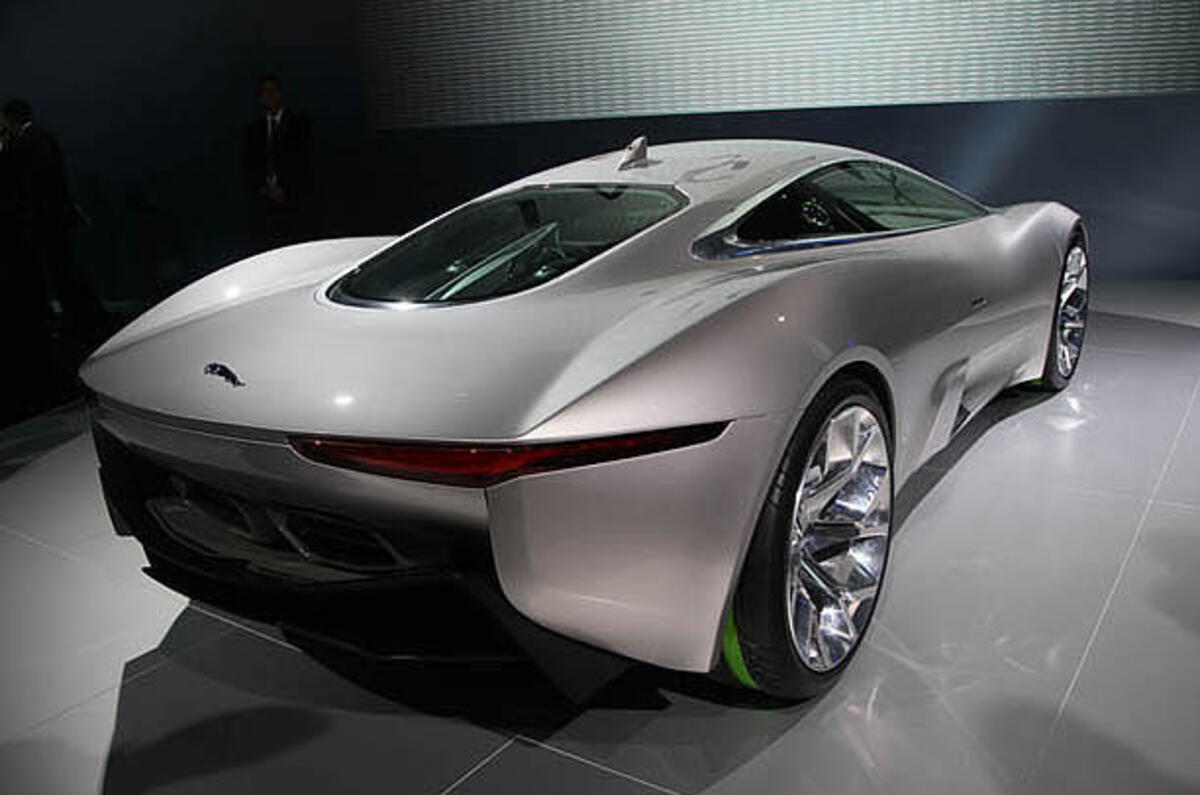


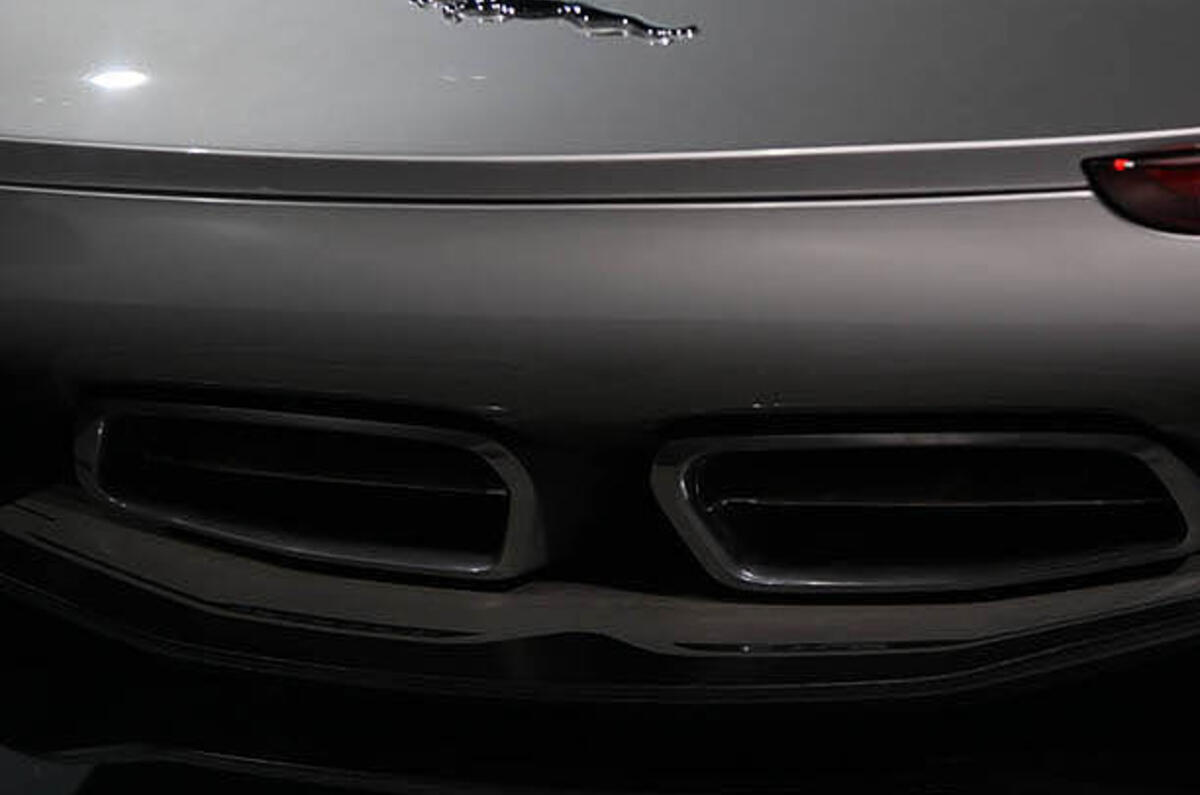
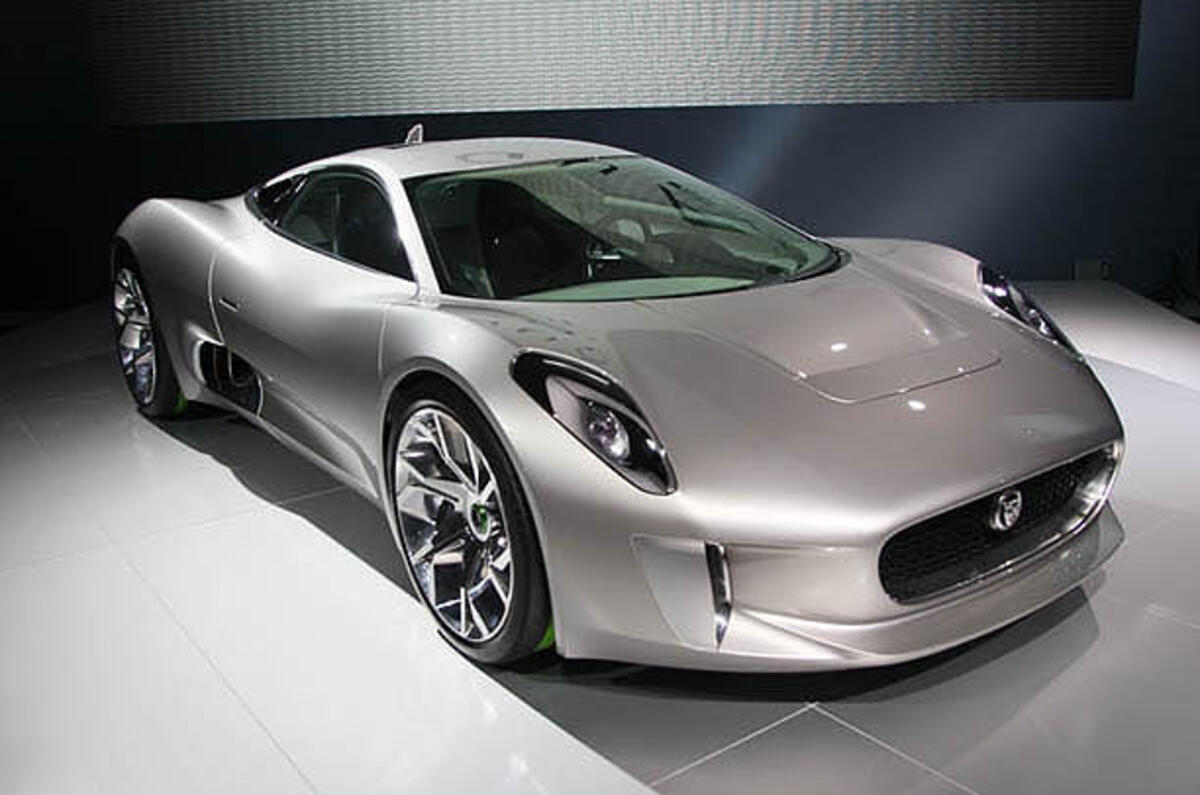
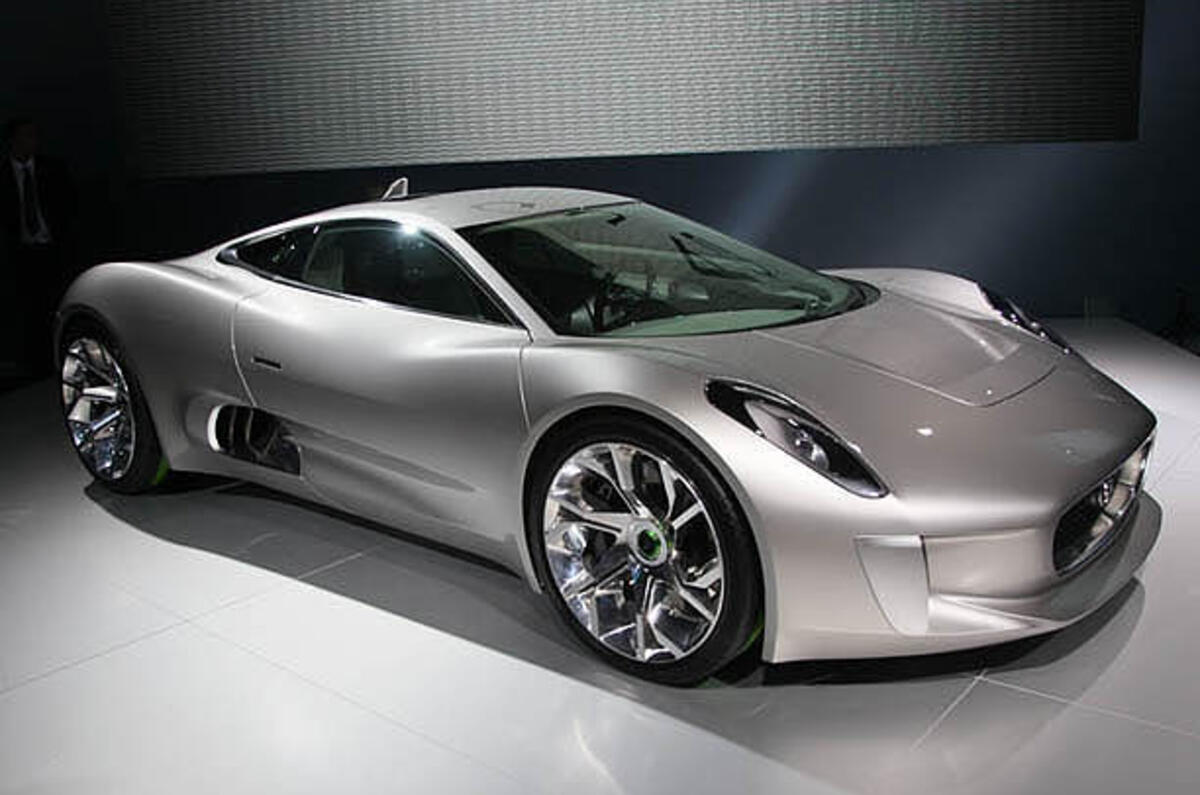
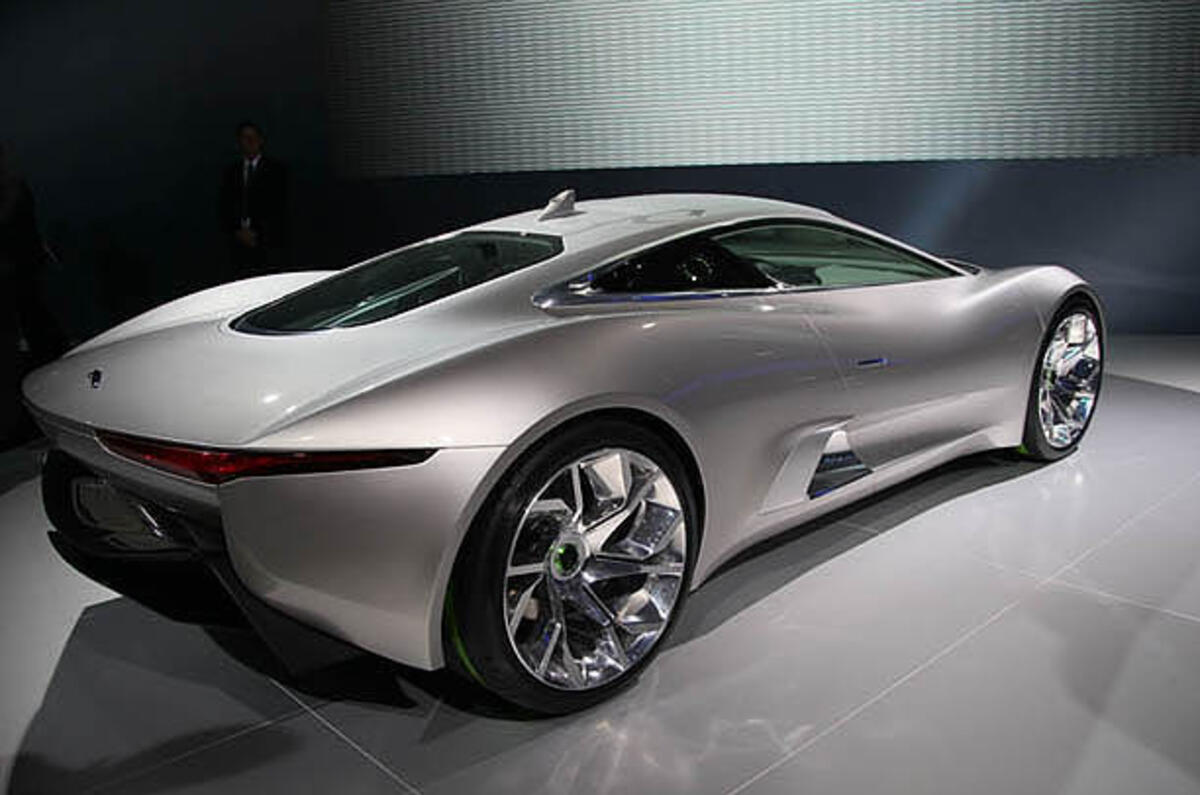

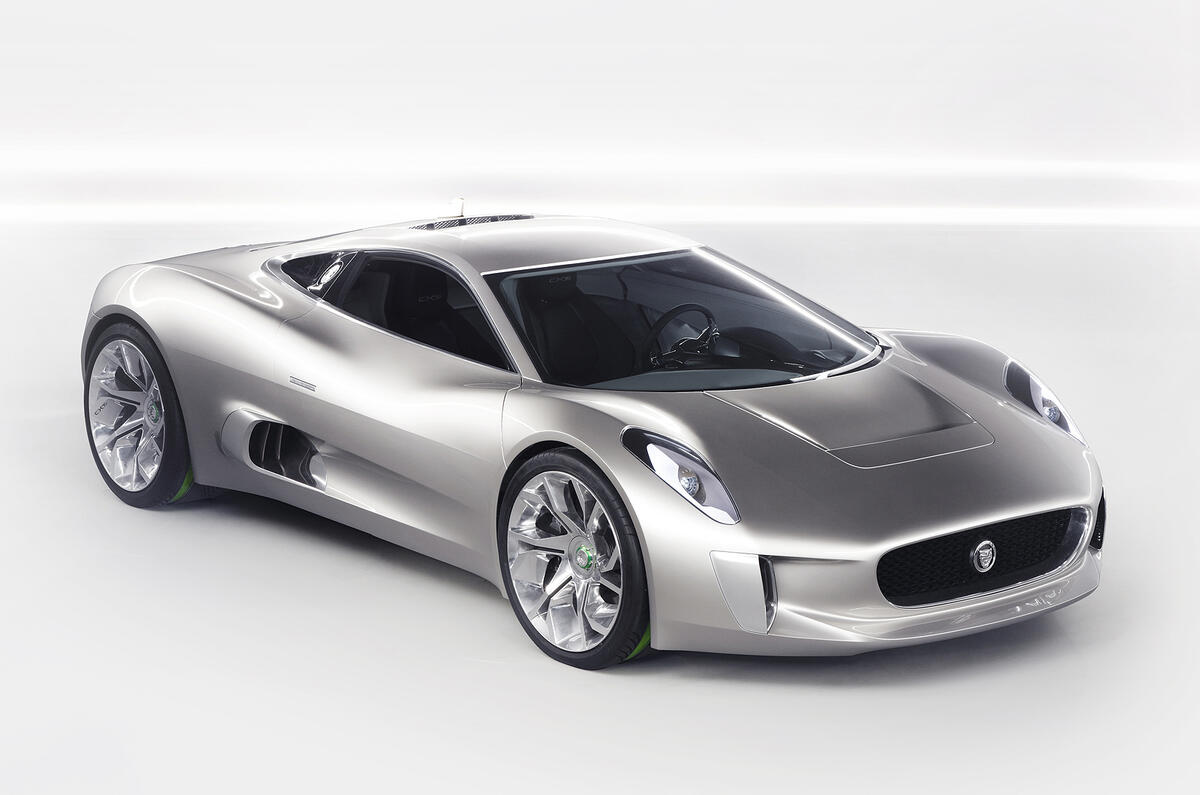
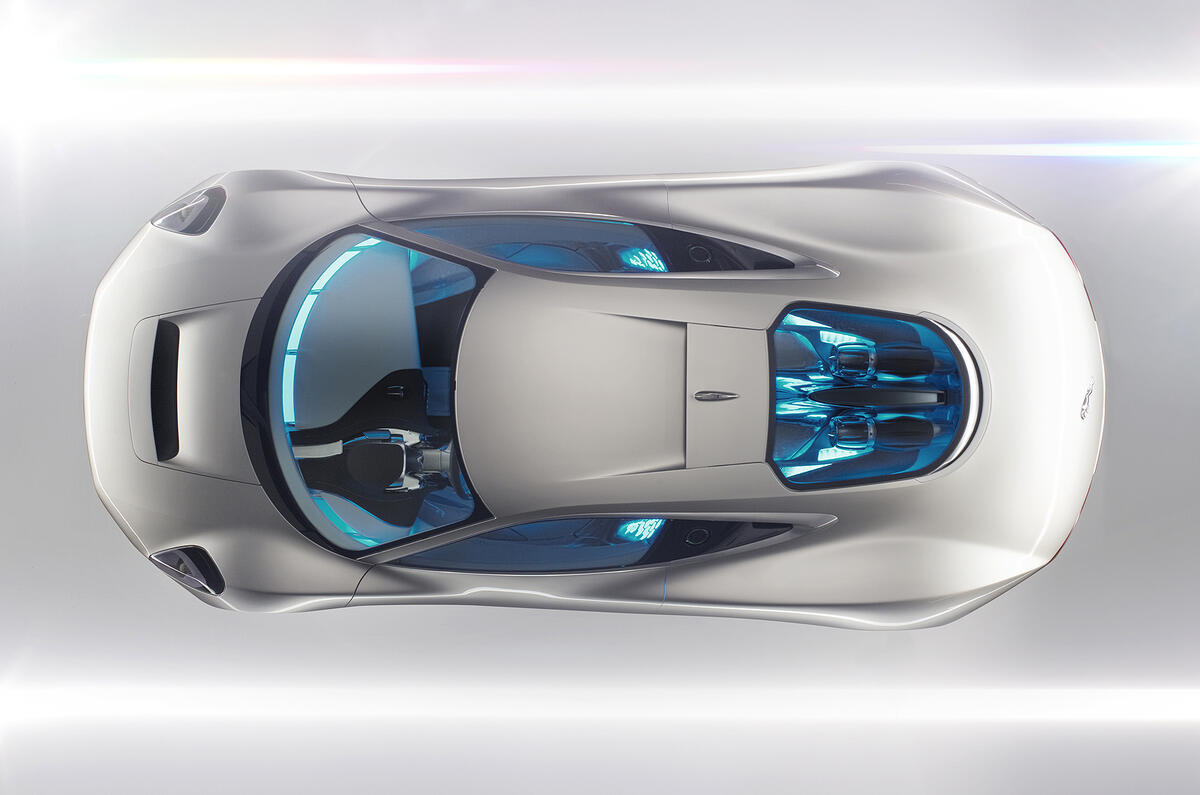







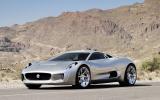

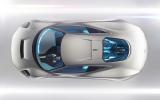



Join the debate
Add your comment
Re: Jag evaluates C-X75 for prodcution
Yes, but the obvious difference is that Capstone isn't a long established Ferrari-beater like Tata. (And wasn't Richard Hillman in Emmerdale? Coronation Street, then)
Re: Jag evaluates C-X75 for prodcution
Nothing new under the sun and here's just one example, pump this in on youtube. CAPSTONE CMT380 BLACKBIRD TURBINE HYBRID ELECTRIC
Re: Jag evaluates C-X75 for prodcution
I should of paid attention to the "h" more.
"My generation" lol.